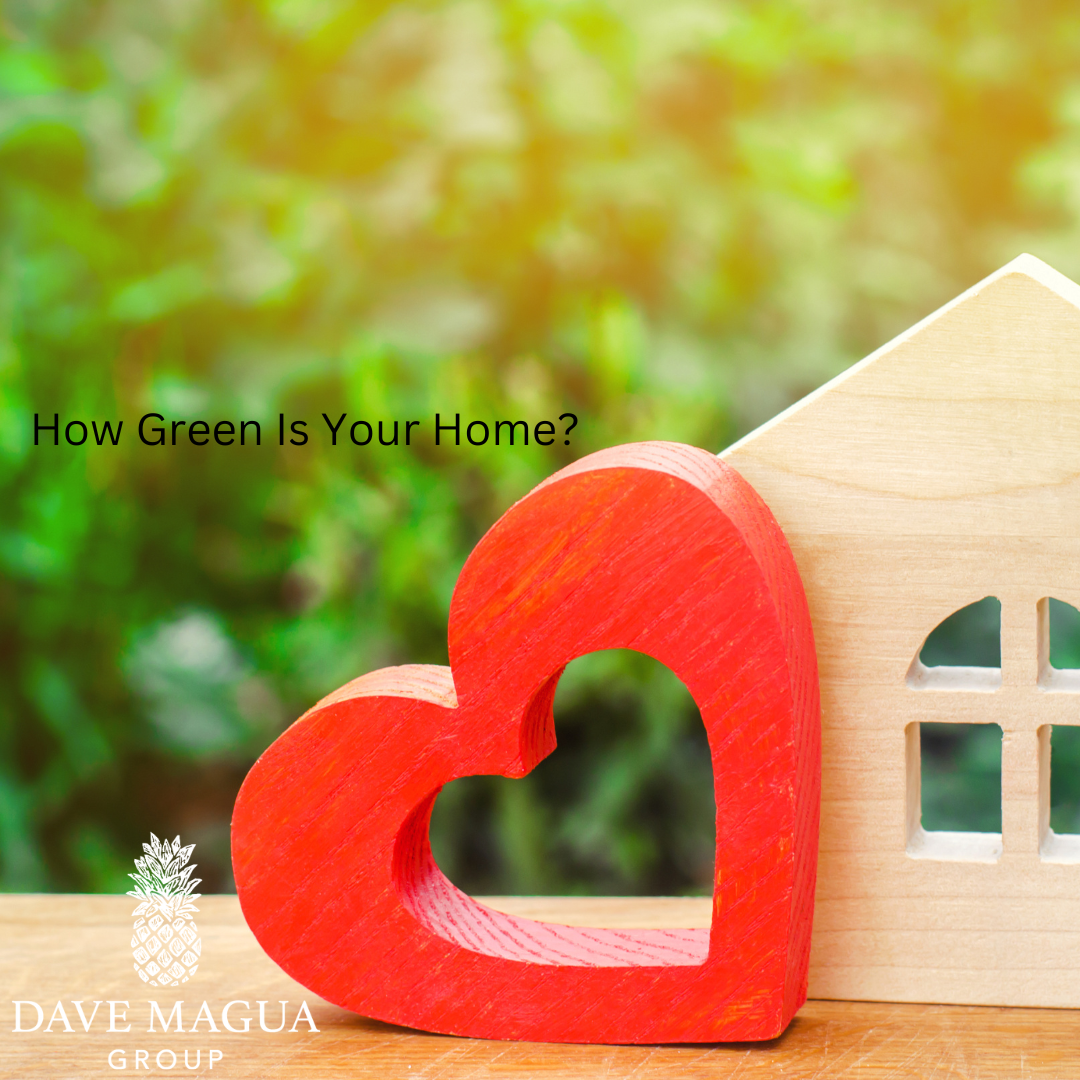
Green and Sustainable Real Estate: Building a Greener Future
In today’s world, where environmental consciousness is at the forefront, the real estate industry is embracing green and sustainable practices like never before. Homebuyers and investors are increasingly seeking properties that not only provide comfortable living spaces but also contribute positively to the environment. In this blog post, we’ll explore eco-friendly and sustainable home features and delve into the numerous benefits of green building practices.
Eco-Friendly Home Features
1. Energy-Efficient Lighting
One of the most common eco-friendly home features is energy-efficient lighting. LED bulbs and fixtures consume significantly less energy than traditional incandescent bulbs, reducing electricity bills and carbon emissions. Smart lighting systems that allow remote control and automation can further enhance energy savings.
2. Solar Panels
Solar panels are a hallmark of sustainable homes. They harness the power of the sun to generate electricity, reducing dependence on non-renewable energy sources. Many governments offer incentives and tax credits to encourage solar panel installation, making it an economically viable choice for homeowners.
3. Energy-Efficient Appliances
Modern eco-conscious homes are equipped with energy-efficient appliances. These appliances are designed to perform their functions while using minimal energy. Look for the Energy Star label when purchasing appliances to ensure they meet energy efficiency standards.
4. Water-Saving Fixtures
Water conservation is another crucial aspect of sustainable living. Low-flow toilets, water-saving faucets, and efficient irrigation systems help reduce water consumption, lowering utility bills and conserving precious resources.
5. Sustainable Building Materials
When constructing or renovating a home, choosing sustainable building materials can have a significant impact. Bamboo, reclaimed wood, recycled glass, and low VOC (volatile organic compound) paints contribute to a healthier living environment and support eco-friendly building practices.
Benefits of Green Building Practices
1. Reduced Energy Costs
One of the most significant advantages of green building practices is the substantial reduction in energy costs. Well-insulated homes, energy-efficient appliances, and solar panels can lead to significant savings over time.
2. Improved Indoor Air Quality
Green homes often incorporate features that enhance indoor air quality. Low VOC paints and materials, along with proper ventilation systems, help reduce indoor pollutants, creating a healthier living environment for residents.
3. Increased Property Value
Green and sustainable homes are in high demand, and their value tends to appreciate over time. When it comes time to sell, eco-friendly features can make your property stand out and fetch a higher resale price.
4. Environmental Benefits
Perhaps the most important benefit is the positive impact on the environment. Sustainable homes reduce greenhouse gas emissions, decrease water usage, and promote responsible resource management, contributing to a greener planet.
5. Access to Incentives and Tax Credits
Many governments and municipalities offer incentives, tax credits, and rebates for green home improvements. These financial benefits can offset initial costs and make eco-friendly upgrades more accessible.
Conclusion
Incorporating eco-friendly and sustainable features into real estate not only benefits homeowners in terms of cost savings and improved quality of life but also plays a crucial role in addressing environmental challenges. If you’re in the market for a new home or considering property investments, exploring green and sustainable real estate options can lead to a brighter, more sustainable future for both you and the planet.
For more information and resources on green and sustainable real estate, check out the following links:
U.S. Green Building Council (USGBC)






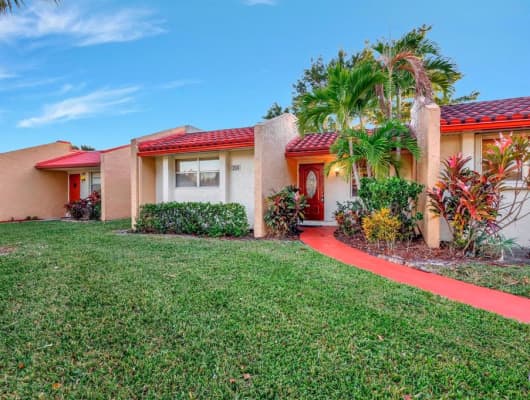
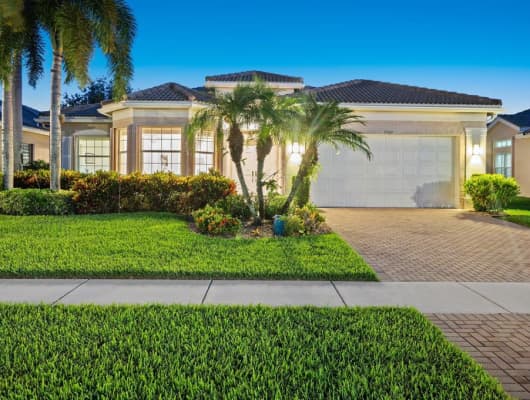
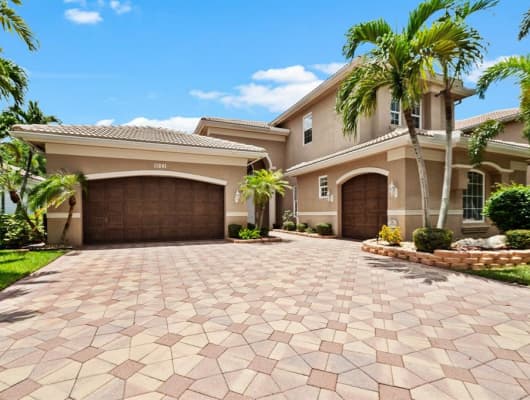
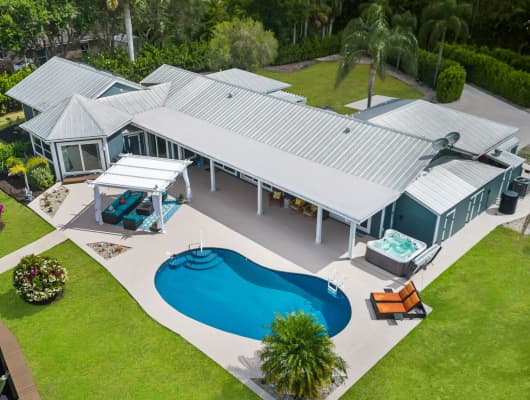
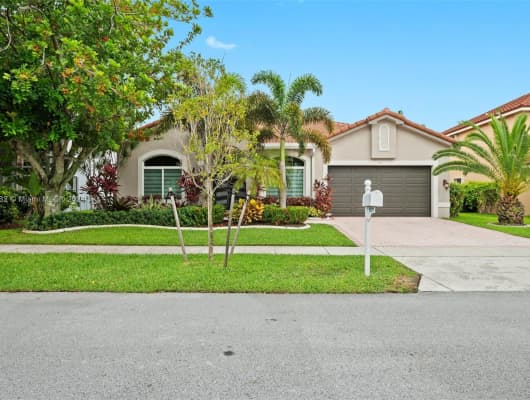

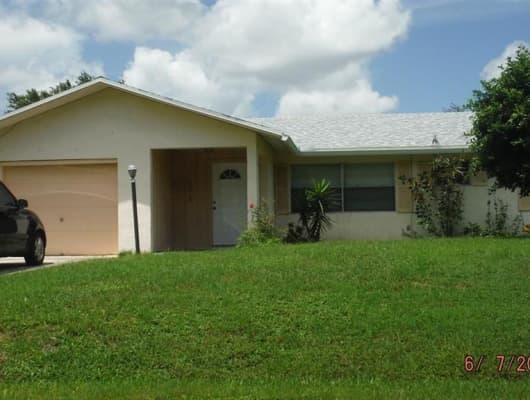
No Comments